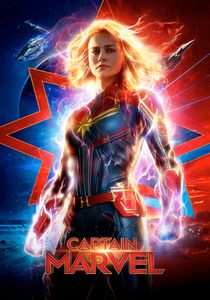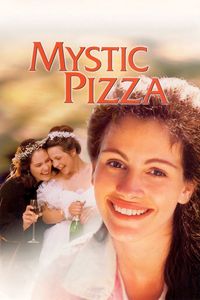Cat People (1942)
(On Cable TV, March 2019) One of the particularities of investigating horror films of classic Hollywood is appreciating how some of them could do much with very little—using atmosphere, cinematography, and subtlety to achieve interest without buckets of blood and gore. The Hays Code prohibited such overt material, and some producers found ways around the restrictions. Writer-producer Val Lewton was one of the best at it, and he found in director Jacques Tourneur a kindred spirit. Cat People was their first collaboration, and it shows an interesting intent to play on a semi-psychological register, with a woman (Simone Simon, convincingly feline) convinced that she turns into a panther when aroused. The romance that follows with a man skeptical of the claim is punctuated by strange events and (predictably) doesn’t end well. I won’t try to exaggerate the subtlety of the film—not when some of the dialogue is on-the-nose to the point of obviousness. Some of the material is simply weird (who stuffs a cat in a box?), but the black-and-white cinematography is quite nice and the plotting is devoid of nonsense enough to fit in 73 minutes. There are layers to it all, though—a take on female sexuality that was good enough to be remade more permissive decades later, some oneiric symbolism and direction that’s not entirely figurative. I quite liked Cat People, but keep in mind that I watched it with a cat on my lap.

![Der blaue Engel [The Blue Angel] (1930)](https://www.christian-sauve.com/wp-content/uploads//the-blue-angel-1930.jpg)












